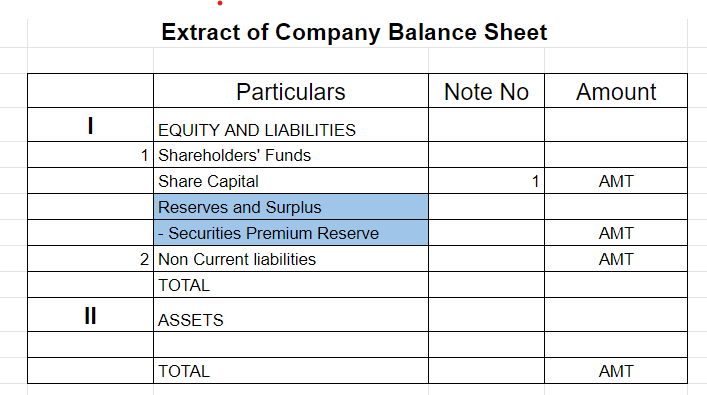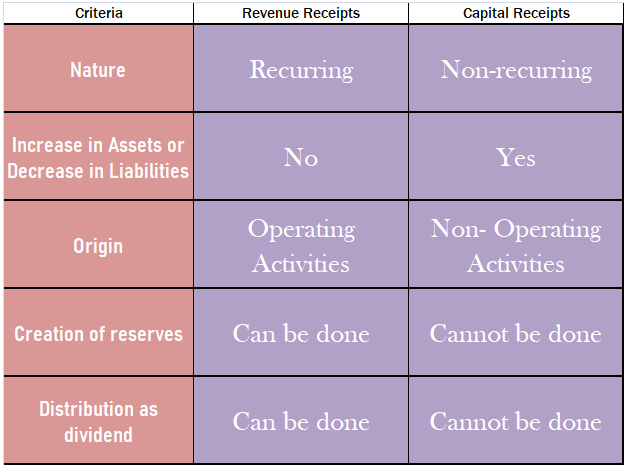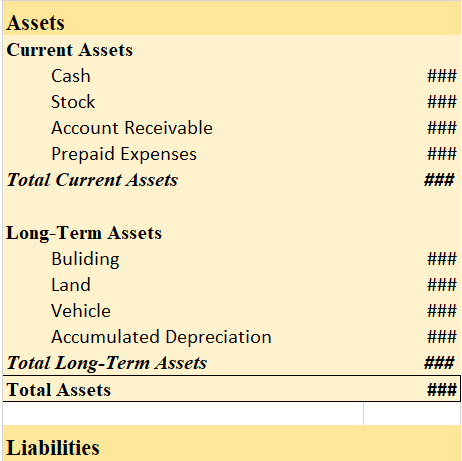External liabilities are the amounts which a business is obliged to pay to the outsiders (who are not owners of the business). Here is the list of external liabilities:- Accounts payable ( trade creditors and bills payables) Loan taken from outsiders Loan from bank Debentures Public deposits accepteRead more
External liabilities are the amounts which a business is obliged to pay to the outsiders (who are not owners of the business).
Here is the list of external liabilities:-
- Accounts payable ( trade creditors and bills payables)
- Loan taken from outsiders
- Loan from bank
- Debentures
- Public deposits accepted
- Outstanding expenses
- Outstanding salary
- Outstanding rent
- Outstanding tax
- Interest due on loans taken from outsiders
The list is not exhaustive.
Just for more understanding, internal liabilities are those liabilities which a business is supposed to pay back to its owners. Such as capital balance, profit surplus etc.
See less








Accrual Accrual expense means the transaction that takes place in a particular period must be accounted for in that period only irrespective of the fact when such amount has been paid. An accrual of the expenditure which is not paid will be listed in the books of accounts. These accruals can be furtRead more
Accrual
Accrual expense means the transaction that takes place in a particular period must be accounted for in that period only irrespective of the fact when such amount has been paid.
An accrual of the expenditure which is not paid will be listed in the books of accounts. These accruals can be further divided into two parts
Accrual Expense-
Accrual Expense means any transaction that takes place in a particular period but the amount for it will be paid on a later period.
For example- If rent of 10,000 for the month of March was paid in April month then this rent will be accounted for in the books in March
For example- Interest of 1,000 for the month of March of the loan amount of 10,000 paid in April then will be accounted for in the books in March
These are the following accrued expense
Accrual Revenue-
Accrual Revenue means any transaction that takes place in a particular period but the amount for it will be received in the later period.
For example- If interest of 10,000 on bonds for the period of March is received in April months then this amount will be accounted for in March. These are the following accrued revenue
For example- Rent of 10,000 for the month of March received in April month then this rent will be accounted for in the books in March
- Accrual Income- Acrrual expense means the amount for any income received on a later period than the period when it pertains to be received
- Accrual Rent– Accrual rent means the amount for using the land of the entity by the other party is received at a later period than the period when it is put into use.
- Accrued Interest– Accrued interest means the amount of interest received on a later period than the period when it pertains to receive
See less